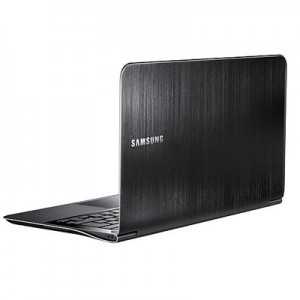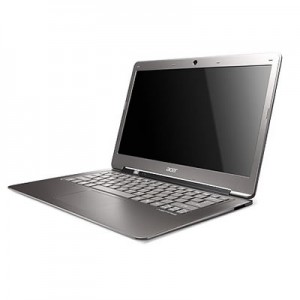We’ve been following a new category of laptops called “ultrabooks.” Fast sales of both the MacBook Air and tablets in general finally convinced other manufacturers that there is a demand for thinner, lighter and generally more tablet-like laptops.


What does this mean for solar laptop chargers?
Its very positive:
1. A thin and light laptop is going to be easier to transport than a larger, heavier one. If you’re going places where you need to charge by solar, shaving weight and size is a good thing.
2. The MacBook Air and these new entrants do a relatively good job battery life. The longer a laptop runs on its own power, the more efficient the charge from solar is going to be. You’ll either get more power from the same sized solar panel or be able to get by with fewer Watts. Here’s a table showing the battery size and battery life for several of the new ultrabooks. The battery life we lifted from Engadget’s post on ultrabooks.
| Brand | Model | Capacity (Watt hours) | Runtime (Hours – Engadget tests) |
| Acer | Aspire S3 | 36 | 4:11 |
| Apple | MacBook Air 13″ | 35 | 5:32 |
| ASUS | ZenBook UX31E | 50 | 5:41 |
| Lenovo | IdeaPad U300 | 49 | 5:08 |
| Toshiba | Portege Z830 | 47 | 5:49 |
| Samsung | Series 9 | N/A | 4:20 |
The Acer and the MacBook Air, with their smaller batteries end up being the most efficient of the bunch. So if you’re looking to get the most runtime per hour in the sun, those are the two to go with.
For those of you confused about what makes something an “ultrabook”, Intel is defining it as a laptop that has instant-on functionality like a tablet, no thicker than 20mm, less than three pounds and ideally under $1,000.



Leave a Reply